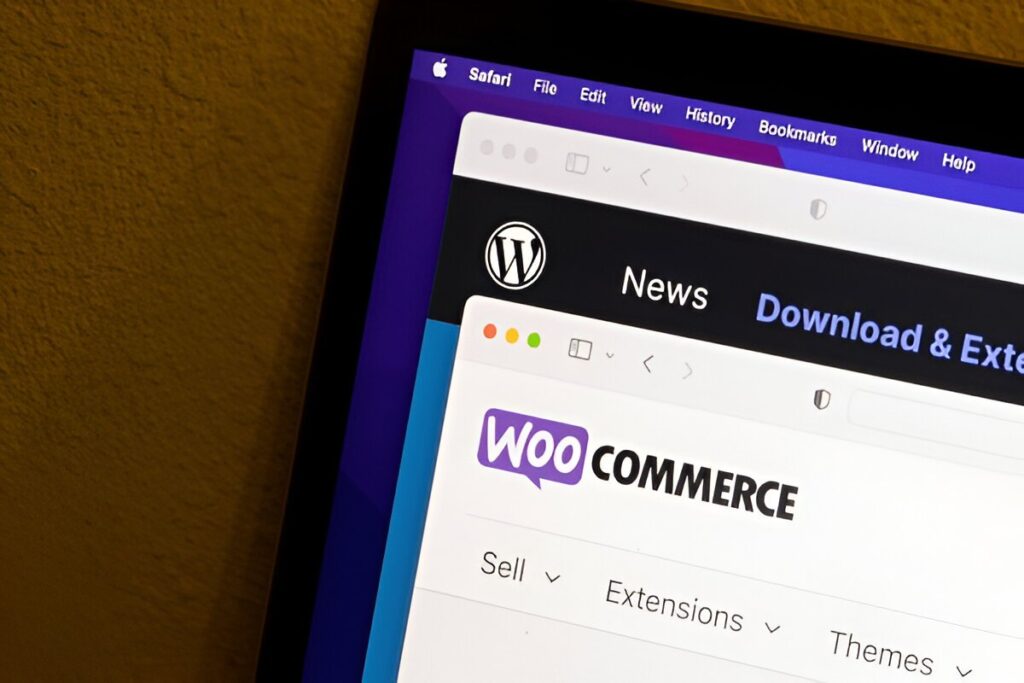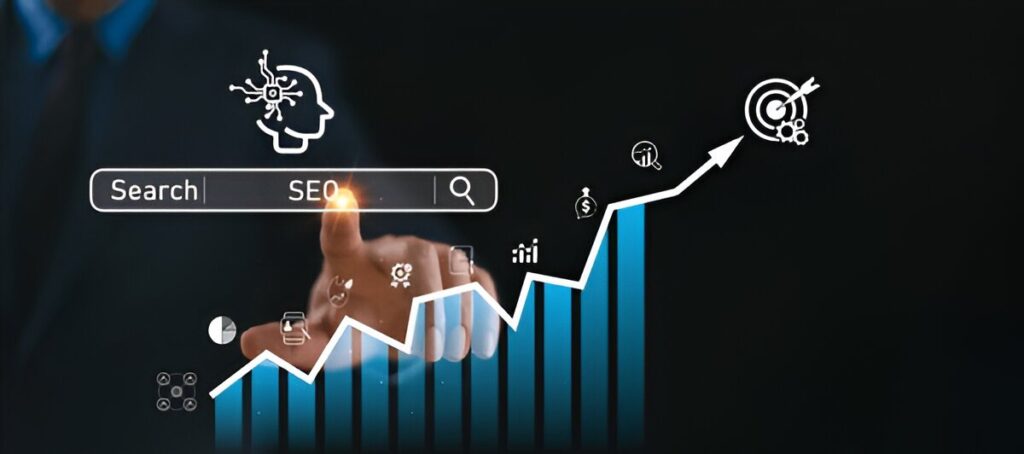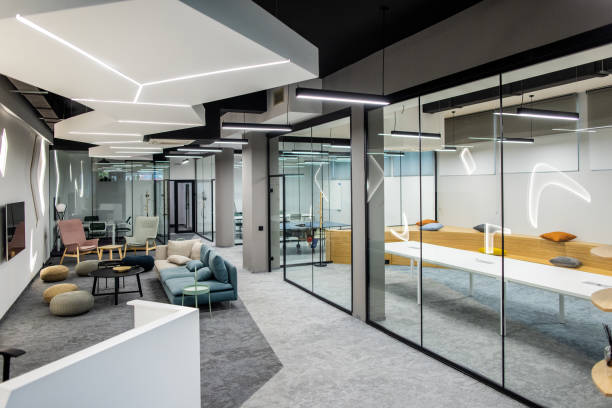In today’s digital world, e-commerce website development is a crucial component of success for any online business. A well-optimized online store can improve the user experience, boost sales, and build trust in your brand. However, successful e-commerce website development involves challenges. You need to choose the right e-commerce platform, set up secure payment systems, and design a user-friendly interface.
In this blog, we’ll cover the key steps to create a high-converting e-commerce site. These steps will help drive sales and engage customers.
The Importance of E-commerce Website Design

A well-designed e-commerce website serves as the foundation for customer service and conversions. It not only attracts visitors but also keeps them engaged throughout their shopping journey. The design and functionality of your store affect how customers see your brand. It also impacts whether they feel safe making a purchase.
Here are some key points about the importance of design in e-commerce website development:
First Impressions Matter:
A sleek, polished design gives your website a trustworthy appearance. This encourages customers to explore your products and services.
Improved Navigation:
A well-structured website helps users find products quickly. This reduces bounce rates and boosts conversions.
Mobile Optimization:
With the increasing use of mobile for shopping, it’s crucial that your e-commerce website is mobile-responsive. Mobile optimization ensures that your site functions smoothly on any device. This improves the shopping experience for customers.
Choosing the Right E-commerce Platform
Choosing the right e-commerce platform is a key decision for your online store. Different platforms offer various features, tools, and integrations. Below are some of the most popular platforms for online store development and their pros and cons:
Shopify:

Pros:
Easy to use, excellent customer support, great for beginners, many themes available.
Cons:
Limited customization for advanced users, transaction fees.
WooCommerce (for WordPress):

Pros:
Open-source, highly customizable, ideal for WordPress users, large community.
Cons:
Requires more maintenance, slower with large inventories.
Magento:

Pros:
Highly customizable, great for large stores, open-source.
Cons:
Requires a high level of technical expertise and expensive hosting.
BigCommerce:

Pros:
Great for scaling businesses, no transaction fees, flexible.
Cons:
It can be complex to use, with fewer design options than Shopify.
Each platform has its strengths, and choosing the best one depends on your business size, budget, and the level of customization required.
Custom E-commerce Solutions
Off-the-shelf e-commerce platforms are flexible. However, custom e-commerce solutions give you more control. They allow you to create a site that fits your specific needs. Custom solutions help with unique branding and special features not found in standard platforms.
Benefits of custom e-commerce solutions include:
Scalability:
Custom solutions can grow with your business, offering the ability to add new features as you expand.
Branding Flexibility:
You have complete control over the design, allowing you to create a unique look that represents your brand.
Specific Functionality:
If you need special features, like product filtering or third-party tool integration, a custom solution can be made for you.
Importance of UI/UX Design and Shopping Cart Functionality

When it comes to e-commerce website design, UI and UX are key to turning visitors into customers. A clean, intuitive interface makes browsing easier. A smooth user journey reduces cart abandonment.
UI/UX Design:
A good UI/UX design ensures that your visitors can easily navigate your site and find what they’re looking for without unnecessary steps.
Shopping Cart Functionality:
The shopping cart is a critical part of your website, and it must be seamless. Features like saved carts, easy access to the cart, and a simple checkout process can significantly reduce cart abandonment rates.
Mobile Optimization
With more and more people shopping on their smartphones, it is essential that your online store is mobile-friendly. Mobile devices make up a large part of e-commerce traffic. A responsive website can boost your sales. Ensure your e-commerce site works seamlessly across all screen sizes and browsers.
Payment Gateways and Secure Transactions
An essential aspect of e-commerce website development is integrating secure payment gateways. Customers need to feel safe when providing their credit card details or making online transactions. Offer trusted payment options like PayPal, Stripe, and credit cards. This builds trust and boosts conversions.
Security features to include:
SSL Certificates:
Ensure all customer data is encrypted during transactions.
Secure Payment Gateways:
Integrate trusted payment processors for secure transactions.
Privacy Policies:
Display your privacy policies clearly to make customers feel comfortable.
SEO for E-commerce Websites

Search Engine Optimization (SEO) plays a critical role in driving organic traffic to your online store. By optimizing your site’s content, metadata, and images, you can rank higher in search results. This makes it easier for potential customers to find your products.
Keyword Optimization:
Use relevant keywords throughout your site to improve visibility in search engines.
Social Media Integration:
Social media can drive traffic to your site and increase your reach. Ensure your website links are shareable on platforms like Instagram, Facebook, and Pinterest.
Content Strategy:
Create content like blogs, product guides, and tutorials. This helps target your audience and improves SEO rankings.
Speed Optimization and Website Performance

Website speed is essential for both user experience and search engine optimization (SEO). A slow website can result in a high bounce rate, lost customers, and reduced sales. Here’s how you can optimize your site’s speed:
Compress Images:
Large images can slow down your site. Use image compression tools to reduce the size of images without sacrificing quality.
Minify Code:
Reduce unnecessary code, such as extra spaces or comments, to improve load times.
Use Content Delivery Networks (CDNs):
CDNs help deliver your content faster by caching it on servers closer to the user’s location.
Website Security and Performance Improvements
Ensuring your e-commerce site is secure. It is essential for protecting customer data and your business reputation. Implementing website security measures, such as regular updates, backups, and secure payment gateways, is crucial.
Regular Updates:
Keep your website and plugins up-to-date to prevent vulnerabilities.
Backups:
Regular backups ensure you can quickly recover your site if something goes wrong.
Web Application Firewall (WAF):
A WAF helps protect your site from attacks and ensures smooth operation.
AI, Automation, and CMS for E-commerce Sites

To improve efficiency and manage your online store better, you can implement AI tools and automation. These technologies streamline inventory management, customer service, and product recommendations.
AI-powered Recommendations:
Use AI for personalized product recommendations. It’s based on customer browsing behavior and increases sales chances.
Automation:
Automate tasks like email marketing, customer follow-ups, and order processing. This saves time and boosts efficiency.
Content Management Systems (CMS):
A CMS helps you easily manage and update content on your site, making it easier to maintain your online store.
Conclusion
Creating a high-converting e-commerce website needs good design, functionality, security, and marketing. Choose the right platform and ensure a smooth shopping experience on all devices. Every aspect of your site plays a crucial role in boosting sales and customer satisfaction. Continuously optimize your website. Embrace new technologies like AI and automation. Stay ahead of the competition. It keeps your online store thriving.
Invest in professional e-commerce development services for e-commerce website development to build a platform that’s scalable, secure, and optimized for growth. These services can help you craft a website that meets your business goals and provides an exceptional user experience. Continuous improvement and innovation will help you stay competitive in the modern world of online business.











